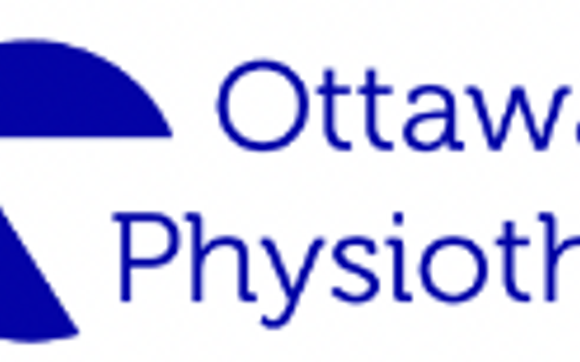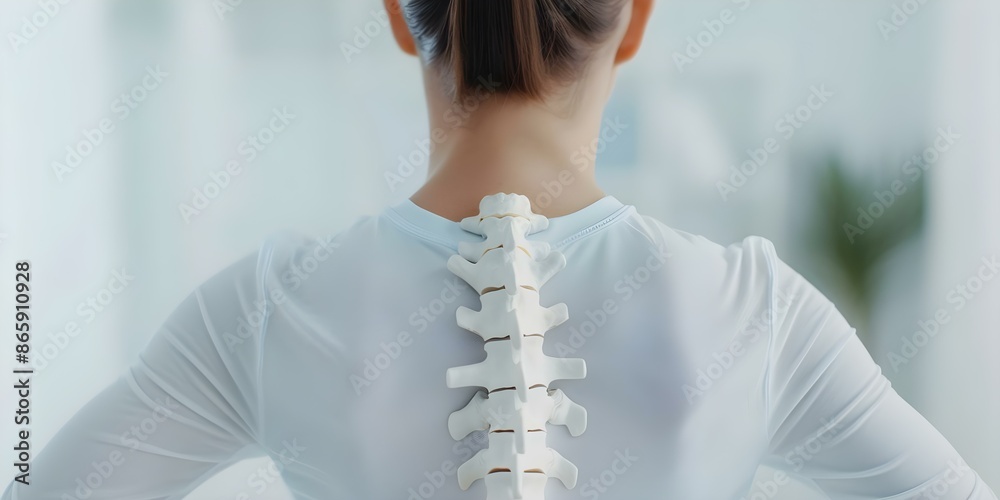

Scoliosis management focuses on improving posture and reducing pain associated with this spinal condition. Imagine a child experiencing back pain, discomfort, or even noticeable spinal curves. Early detection and proactive scoliosis management are crucial for preventing further complications and maintaining overall well-being. This comprehensive guide explores various therapies for scoliosis, offering a deeper understanding of each approach and highlighting their respective benefits and considerations. We’ll cover physical therapy exercises, the role of bracing, and when surgery might be necessary, providing you with valuable insights into managing scoliosis effectively. The structure of this article will follow the following order: firstly, an introduction to scoliosis and the common challenges; secondly, exploring various therapy options; thirdly, a review of potential outcomes and considerations; and finally, frequent questions from patients and their families.
Understanding Scoliosis: The Initial Steps in Management
Scoliosis is a spinal deformity characterized by a sideways curvature of the spine. This condition can manifest at any age, though it’s most frequently detected during childhood or adolescence. While the exact cause of scoliosis remains somewhat elusive, several factors are believed to contribute, including genetics, neuromuscular disorders, and even certain medical conditions. Early identification is paramount, as timely intervention can significantly improve outcomes. Prompt recognition and intervention can stop the progression of scoliosis. Identifying the root causes of scoliosis is crucial in designing an effective management plan. One of the most critical aspects is early detection and intervention; this can often lead to more favorable long-term results.
Physical Therapy for Scoliosis Management
Exercise Programs Tailored to Individual Needs
Physical therapy plays a vital role in scoliosis management, focusing on strengthening core muscles, improving posture, and alleviating pain. Personalized exercise programs are designed by physical therapists to address individual needs, considering the severity and specific characteristics of the spinal curvature. These programs emphasize stretches and exercises aimed at improving spinal flexibility and posture. Regular and consistent participation in these programs is often necessary for optimal results. A systematic approach to rehabilitation often involves a combination of exercises designed to enhance the strength of supporting muscles, reduce pain, and correct posture issues. For example, exercises such as pelvic tilts and back extensions can help strengthen the core muscles and improve posture.
Manual Therapy and Manipulation
Manual therapy techniques are employed by physical therapists to address stiffness and pain in the back and surrounding areas. These methods include massage, manipulation, and other hands-on approaches to improve flexibility and reduce pain. Considerable research suggests that manual therapy is an effective way to manage scoliosis and its associated symptoms. Manual therapy, when combined with other treatments, can contribute to overall improvement in posture, reducing pain, and enhancing the patient’s ability to function effectively. For example, a physical therapist might use gentle spinal manipulation to alleviate pain and improve range of motion.
Bracing: A Non-Surgical Approach to Scoliosis Management
Types of Braces and Their Applications
Bracing is often the primary treatment method for mild to moderate scoliosis. There are different types of braces, each with its own set of features and applications. The choice of brace depends on several factors, including the severity of the curve, the patient’s age, and the rate of progression. Some common types include Milwaukee braces, Boston braces, and TLSOs (thoracolumbar-sacral orthoses). The brace provides external support, helping to restrict or control the movement of the spine. Bracing can be a very effective way of preventing the worsening of scoliosis in younger patients.
Surgical Intervention: When Necessary for Scoliosis Correction
Understanding the Surgical Process
Surgery for scoliosis is typically reserved for cases where the curve is severe, rapidly progressing, or causing significant pain or functional limitations. Surgical procedures aim to stabilize and correct the spinal deformity. The surgical process may involve placing rods and screws along the spine to realign the vertebrae. It’s a complex procedure that carries risks and requires careful consideration. Post-surgical recovery periods can be challenging; however, it’s often a critical intervention in improving quality of life for patients. Minimally invasive techniques are now frequently used to reduce recovery time and associated complications.
Long-Term Management and Monitoring
Importance of Ongoing Care
Long-term management of scoliosis involves continuous monitoring and adjustments to the treatment plan as needed. This may include regular check-ups with a specialist to assess the progression of the curve and the effectiveness of the chosen treatment method. Following the recommended care plan is critical to achieving the desired outcome. This ongoing care is crucial to maintain improved posture and reduce the risk of further complications.
In conclusion, managing scoliosis effectively requires a multifaceted approach that combines various therapies tailored to the individual’s needs and the severity of the condition. Physical therapy, bracing, and in some cases, surgery play crucial roles in improving posture, reducing pain, and preventing further progression. Regular monitoring, patient engagement, and a strong support system are essential for long-term success. If you suspect your child might have scoliosis, consult with a healthcare professional for accurate diagnosis and a personalized treatment plan. Seek a second opinion and be proactive in managing your scoliosis. Visit a qualified specialist today for an evaluation and explore available treatment options.